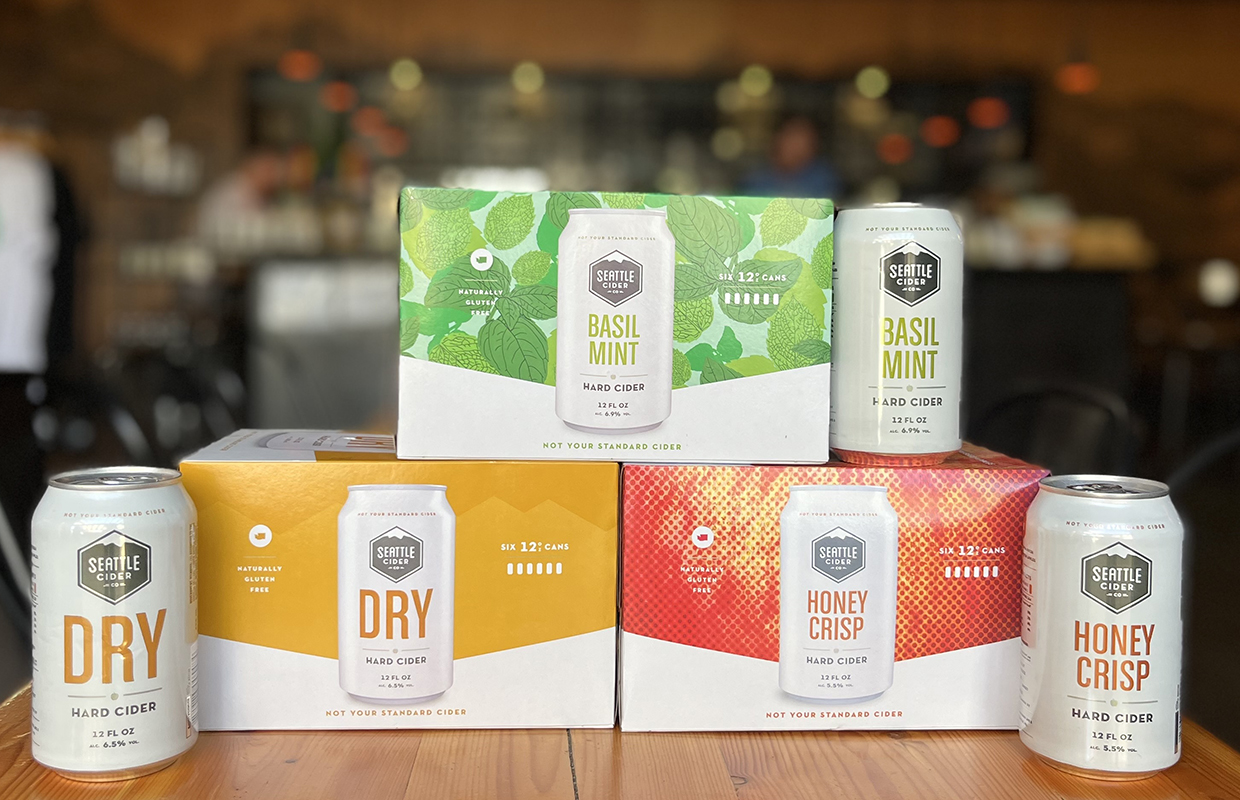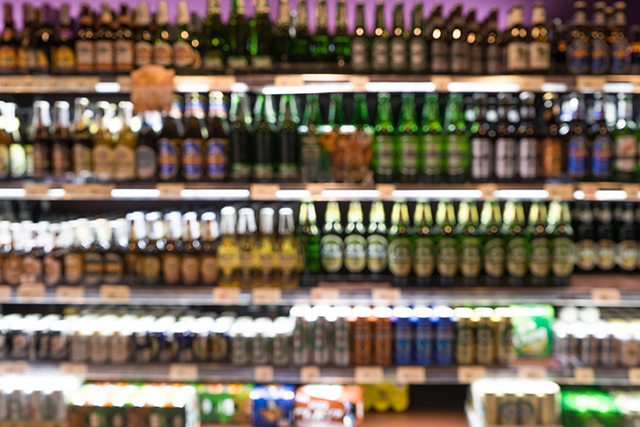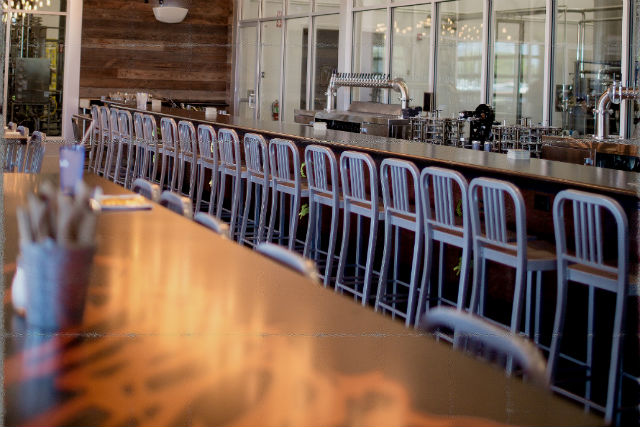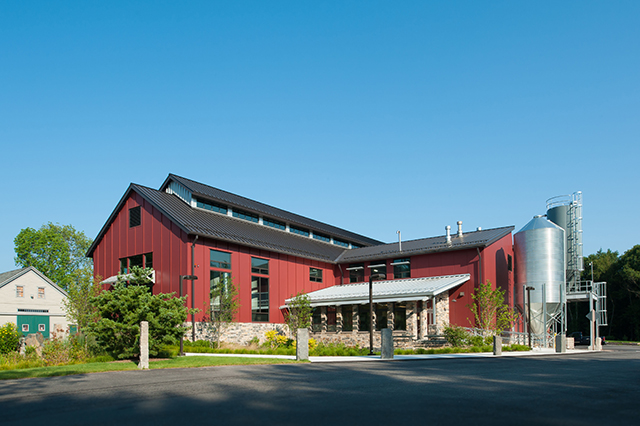
Change is usually inevitable and Seattle Cider saw its switch from 16-ounce cans for off-premise sales into the smaller 12-ounce format years ago. Between a waiting game for can inventories to replenish along with aligning to a better sales potential from a consumer’s point of view, the cidery recently announced the change of its core lineup to six-pack cartons versus what it launched starting in 2013 with four-packs of pint cans.
“Purchasing has changed a lot over the last couple of years,” admitted Eric Willard, Supply Chain Manager, for Seattle Cider and its sister company, Two Beers Brewing.
Previous to 2022, Willard said they could run inventory of each of its 16oz SKUs that were warehoused by its supplier to release over the next 90 days.
“As long as we ran a MOQ (minimum order quantity) of 25 pallets, we could do any pallet quantity and have really accurate inventory, available to need,” Willard said. They would release by the average lead time (TL), but it could be a mix of SKUs, he added.
“This allowed us to keep minimum inventory on the floor and minimize obsolete inventory,” he said.
At the start of 2022, Seattle Cider had to run and release full TLs of each SKU in multiples of 25.
“Depending on the ROS of that SKU, it could mean inventory on the floor for 2-3 weeks … or 2-3 months,” Willard said. “This demanded us to allocate more square footage to cans since supplier storage was no longer available.
“If it was a seasonal that we needed 40 pallets for, we would need to run 50 pallets and deal with obsolete inventory, hold onto that inventory till next year, or adjust production or seasonal schedule to minimize waste.”
READ MORE: Cider Corner: Labeling Resources That are Key Before Packaging
The 12 oz format change will include Dry, Honeycrisp, and Basil Mint as year-round offerings, as well as Pumpkin Spice as an early fall seasonal followed by Punch Bowl in winter.
The most laborious part was the packaging change said Operations Manager Ben Antonius. Although Seattle Cider has been in cartons for a while now, all of the equipment had to be adjusted and retooled to accept 12oz cans and 6-pack boxes.
”Our facilities team spent several months planning, ordering parts, and doing practice runs changing over the equipment,” Antonius said.
Another challenge has been the timing as they began a launch on a new cider (Light Cider) during the cidery’s busiest time of year.
”It’s taken a lot of scheduling and rescheduling and a few long days, but overall the change has gone as well as we could have hoped for,” Antonius said.
The transition has been a huge operational undertaking across several departments, but overall it has been relatively smooth, added General Manager Felix Madrid.
”Logistically speaking, we were well prepared for this format transition as we have packaged a range of products for both Seattle Cider Company and Two Beers in 16oz, 12oz-211 standard, 12oz-204 SLEEK, and 375mL cans,” he said.
The new can and carton designs are reminiscent of the original visual identity. The new design of the 12 oz cans leans further into the clean look and feel of the cans released when the company first hit the market. In a release, the cidery said the mountain silhouette and tree line from the 16 oz cans are no longer present on the 12 oz versions, while the boxes create a colorful backdrop to contrast the classic look of the new cans, often showcasing the ingredients in each cider.
Jim Brady, the company’s National Sales Director, believes that the consumer response will be very positive to the conversion.
“A 6/12oz configuration is the most universal package for craft beer and craft cider,” he said. “There can be a lot of confusion when consumers want to do the math of what four 16oz cans cost them compared to six 12oz … we believe eliminating that confusion will be positive and well received.”
In addition, there are other benefits Brady pointed out, including an increase of volume sold per unit by 12.5%, and the ability to stack cans two-high on shelves, which allows for more product in a cooler at retail, which means less out-of-stock at point of purchase.
Also, Brady said, two fellow craft cider suppliers both realized a significant double-digit (>+31%) sales increase following their conversion a few years ago.
Willard said that the direct COGs benefit in switching to 12oz was due to the location of production as well.
“Can manufacturers have been adding 12oz lines during the increased demand, not 16oz,” he said, noting that the closest production plant for Seattle Cider’s 16oz was about 2,400 miles away.
“Our 12oz cans are produced 57 miles away,” he said. “This saves a significant amount on shipping cost as that has done nothing but increase, as well as the overall carbon footprint of our packaging supplies.”





Be the first to comment